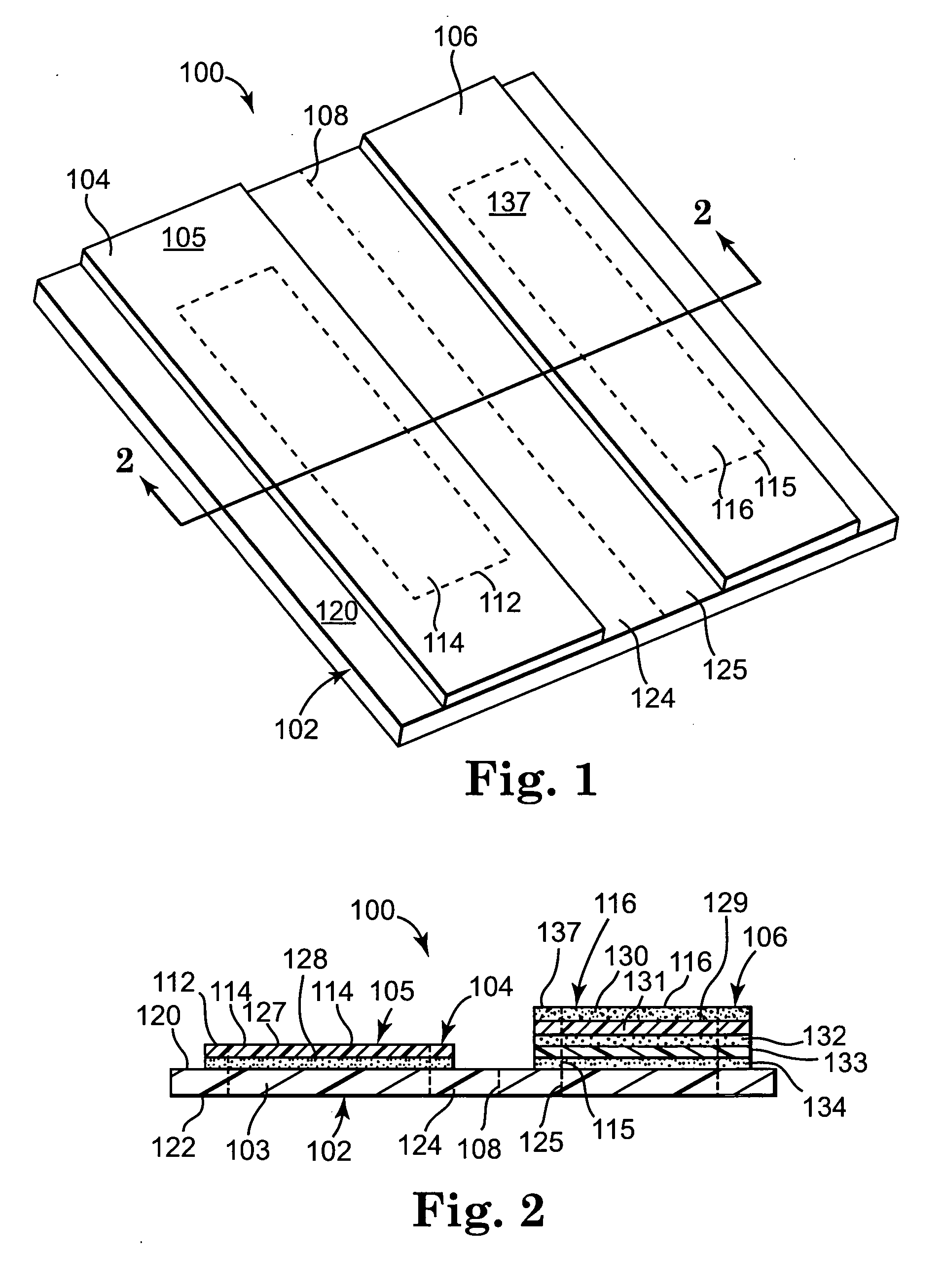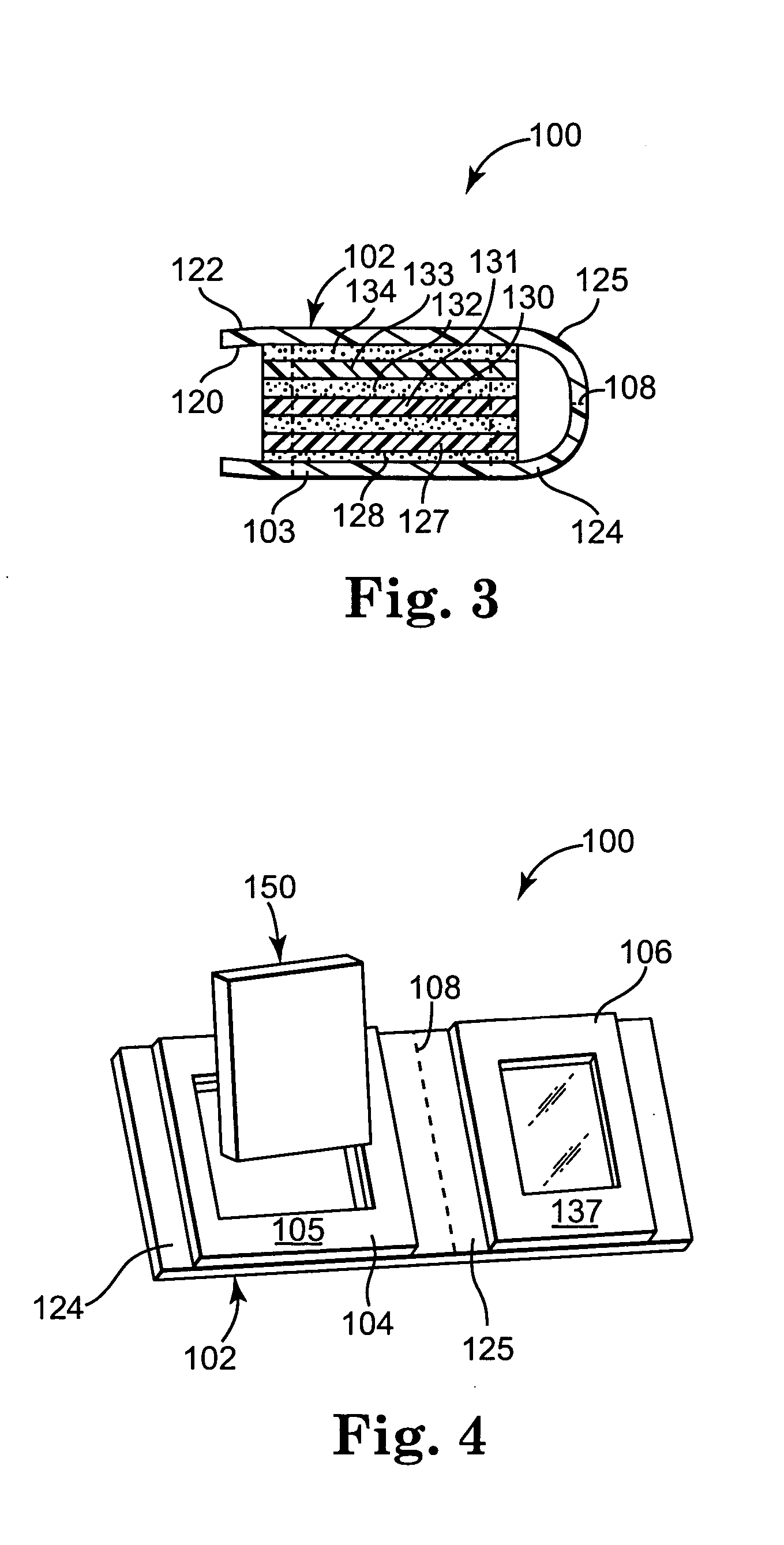Printable intermediate construction incorporating registrably positioned laminate components that can be imaged and then easily formed into a laminated card or decal on demand
a technology of intermediate construction and laminate components, which is applied in the direction of identification means, other printing materials, instruments, etc., can solve the problems of inability to achieve the desired level of precision in card formation, inability to print and use the desired level of technology, and many currently available forms are not as easily printable or useable with such technology as might be desired, etc., to achieve easy formation into a laminated card or decal on demand, simplify the manufacture and use of the intermediate, and high precision
- Summary
- Abstract
- Description
- Claims
- Application Information
AI Technical Summary
Benefits of technology
Problems solved by technology
Method used
Image
Examples
Embodiment Construction
[0053] The embodiments of the present invention described below are not intended to be exhaustive or to limit the invention to the particular embodiments disclosed in the following detailed description. Rather, the embodiments are described so that others skilled in the art understand the principles and practices of the present invention.
[0054] Referring now to FIGS. 1 and 2, there is illustrated one embodiment of an intermediate construction 100 in accordance with the present invention. Generally, intermediate construction 100 comprises carrier 102 having upper surface 120 and lower surface 122. Carrier 102 may be visually transparent, partially transparent, or opaque as desired. Carrier 102 may be any size that is suitable for supporting card portions 114 and 116 and that is capable of being used with any desired printing techniques, such as ink jet or laser printer techniques.
[0055] Carrier 102 may be comprised of any film or sheet material, or combination or laminate of materi...
PUM
 Login to View More
Login to View More Abstract
Description
Claims
Application Information
 Login to View More
Login to View More - R&D
- Intellectual Property
- Life Sciences
- Materials
- Tech Scout
- Unparalleled Data Quality
- Higher Quality Content
- 60% Fewer Hallucinations
Browse by: Latest US Patents, China's latest patents, Technical Efficacy Thesaurus, Application Domain, Technology Topic, Popular Technical Reports.
© 2025 PatSnap. All rights reserved.Legal|Privacy policy|Modern Slavery Act Transparency Statement|Sitemap|About US| Contact US: help@patsnap.com



